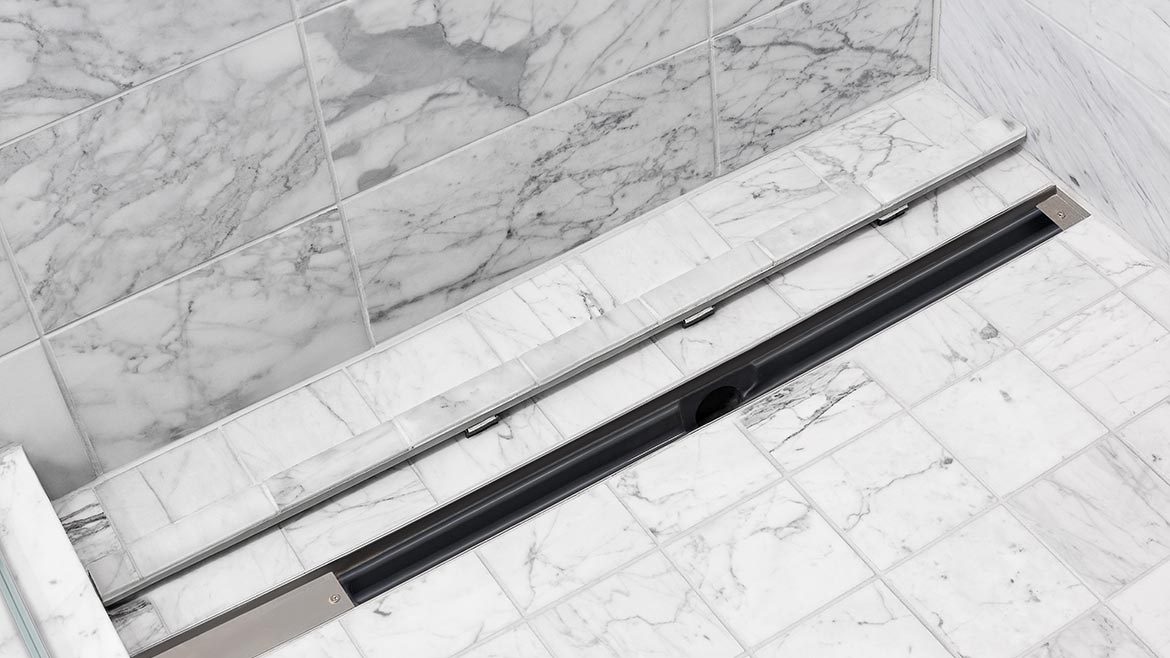In the last issue, we covered the art of listening and then using effective presentations to enhance likeability. In this article, we discuss how to overcome objections in a way that builds rapport with the customer.
During the presenting phase, there will usually be questions or concerns about products. Although these objections may sound like rejection, in truth, objections are often the way prospects communicate their buying willingness. That is because people usually do not ask questions about something they have no interest in buying. Think about it. If you were walking along in a department store and you saw a washer and dryer, would you start asking a bunch of questions about them if you had no desire to buy these appliances? Think of objections as buying signs, not rejection signs.
Of course, we would all love that rare laydown customer who is shown a product and buys without any objections. But this is unusual, and in most cases, objections are normal and expected. Far worse than an objection is the customer who leaves without buying yet will not convey their concerns. A crafty old sales associate once asked me this question: “Do you know the only objection that can’t be overcome? The only objection you can’t overcome is the objection you never get to hear.”
Objections are an amazing chance to understand the desires of the customer. Many salespeople squander this opportunity. That is because these salespeople do not recognize objections as an opening to be more effective. Therefore, they try to downplay the objection or convince the customer their first run-of-the-mill recommendation is best. The customer feels steamrolled.
Objections give the seller insight into what the prospect is thinking. Objections often signal your prospect’s level of interest and alert you to what steps are necessary to bring the sale to a close. All we need is to tactfully give added information such as clarification or new alternatives to deal with the concern. The competent professional is ready. Here is where design competence and proficient product knowledge are essential.
First, it is essential to ensure we understand the precise issue and that we address the right objection. Answer the wrong objection and it may appear that you are not listening. In fact, it is often useful to restate the objection as a question in your own words, being 100% sure you are responding to the correct objection. After doing this, do not at once start suggesting clarifications that the buyer may have had in mind. Simply listen and let the buyer further explain. As an example: “So, if I am understanding you correctly...” rephrase and listen.
If you are still having trouble understanding the objection, you need greater clarification. We get this by asking open-ended questions (those which start with “what” or “how”) which allow the customer to further expound. With sincere open questions we let the customer know we care about them and we are not strictly here to sell our products. Further, with open-ended questions we are including the customer’s viewpoint. We are showing empathy. Through questions, our customer will perceive that we wish to understand the objection to deliver a tailored solution.
By asking questions, we narrow down the specific objection and we sometimes learn the real reason for resistance. Customers sometimes initially raise one objection but have an important deeper concern.
Remember, selling is about solving problems. By asking questions, our purpose will usually be interpreted as solving the problem rather than merely getting past a concern. Objections along with the tailored solutions we offer will show that we truly understand needs and have the customer’s best interests at heart. If we embrace our prospect’s objections and manage them sincerely, we will inspire her confidence, trust and importantly, her allegiance in the ensuing event she decides to do additional shopping.
Now here is a warning. If you ignore this warning, you do so at your own peril. When handling objections, do not ask “why?” Using “why” threatens the validity of the buyer’s objection. “Why” sounds judgmental and makes us sound whiny or appear to have a complaining tone. They force the prospect to justify her statements as if they were somehow wrong or unacceptable. Many times, when people are asked to defend their position or beliefs, they just become more entrenched in their position. Instead, use, “Can you help me understand what’s causing that concern?” Notice this question asks “why” without uttering the word “why.”
Once we receive an objection, a useful tip is to slow down our response. Begin by taking a slight pause before responding to the concern. It is as if we are absorbing the importance and weight of her statement or question. By taking a momentary pause, we create the impression that we are not answering a checklist of concerns we have heard before. By pausing, we do not appear to be reacting with a predetermined monologue.
Besides pausing, learn to speak slower with your reply than in other parts of the conversation. Inexperienced salespeople usually speak faster during an objection. It’s as if handling objections makes them nervous. Perhaps they just become too eager. Further, by speaking a little slower, this prevents us from sounding annoyed or exasperated by the objection.
Collectively, these slowed practices prevent us from appearing to pounce on the sales objection in a mechanical way. We will sound as if we are exercising a calm authority, so we appear appreciative rather than disputing or contradicting the objection.
Our ability to handle objections professionally allows us to move forward in a positive, non-confrontational way. In the next article, we will continue to explore how managing objections effectively will maintain and strengthen our relationships with our customers. In the meantime, good selling to you!






